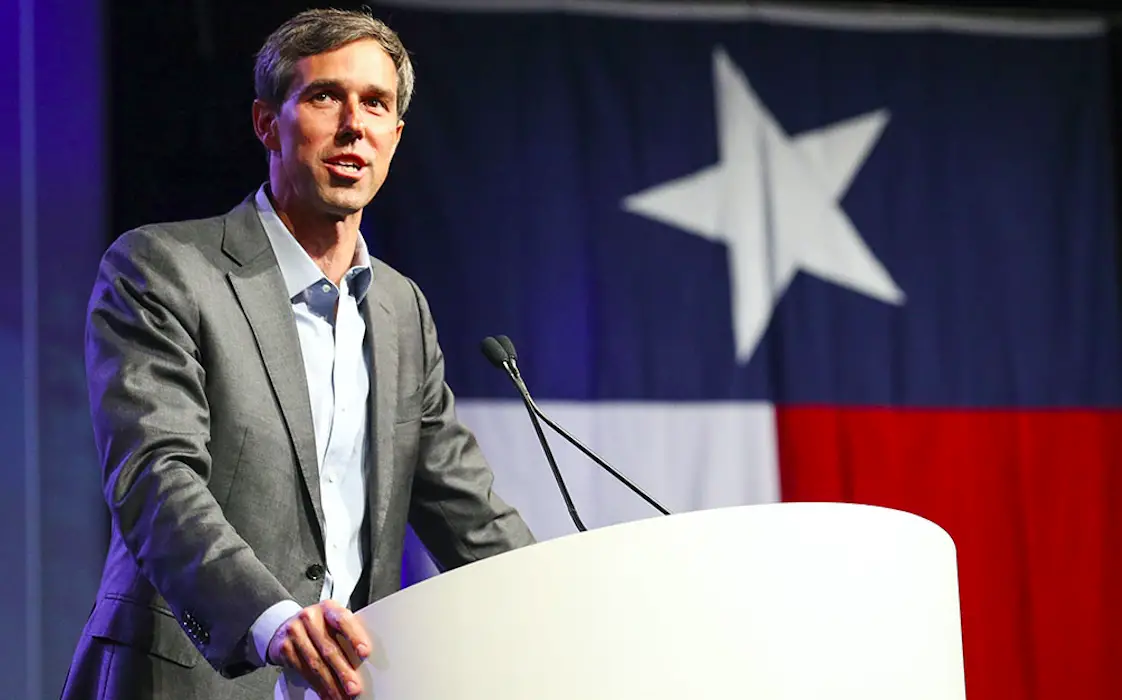On March 31, 2017, Robert Francis “Beto” O’Rourke set out to do something that no one worth their grain of political salt was optimistic about. Being labeled the “longshot” candidate for the contested United States Senate seat from Texas as a Democrat, the odds are indeed against him. His Republican rival, the super PAC-backed Rafael Edward “Ted” Cruz, has held the seat since 2013 and is doing absolutely everything in his power to keep it that way.
As the race has progress, eyebrows have been continuously raised about the contrasting approaches of the candidates. On one hand, Beto has pledged to not take a penny from PACs (political action committees) from the day he declared he would run; by all known reports, he has held to his promise. Cruz, on the other hand, has multiple PACs backing him. Still, from the start of 2017 until Sept 30, 2018, Beto has outraised Cruz by $32.7 million.
The details aside, Beto’s momentum has been fueled by the youthful spirit of both the young and the young at heart. Much of the present-day hope mirrors the words of Bob Dylan’s classic “The Times They Are A-Changin’” that Beto’s baby boomer supporters undoubtedly heard growing up:
“Come senators, congressmen / Please heed the call / Don’t stand in the doorway / Don’t block up the hall / For he that gets hurt / Will be he who has stalled / The battle outside ragin’ / Will soon shake your windows and rattle your walls / For the times they are a-changin’”
The battle for Texas’ future has clearly been taken outside, and it is indeed “ragin’.” While political analysts have said from the get-go that Beto didn’t stand much of a chance, the heart of his campaign is about hope and the hard work necessary to substantiate it. Beto has traveled to all 254 counties in Texas, speaking with voters in town halls, local business and seemingly anywhere he could garner a politically engaged audience.

And while windows haven’t exactly been shook and walls haven’t been rattled, doors have definitely been knocked upon -— in the hundreds of thousands. On Oct. 21 alone, the fight for the Senate seat was brought to the front doors of over 100,000 Texas residents. Beto’s effort has been unlike any other in the history of political campaigns in its use of technology and mobilization of supporters to “get out the vote,” acronymized as GOTV in campaign circles. The GOTV efforts have been two-fold: phone banks and block walks.
If you live in Texas and are not pre-identified by means of publicly available demographics and political data to be a Cruz supporter, then it’s very likely that you’ve received at least one text message from the Beto campaign asking if Beto can count on your support. Likely you were planning on voting for Beto anyway, but in an attempt to really drive the point home, there have been nearly daily reminders that the tides may change in your home state and you can be a part of it.
Texts sent to Texan residents include explicit goal numbers for how many doors need to be knocked on, how many texts need to be sent at phone banks and how to get involved. There’s an entire volunteer data team that’s fueled the process of how, when and to whom the messages need to be sent to. The technology behind the messaging system masks personal phone numbers and is done completely over the internet via VoIP (voice over IP). As a technologist myself, I was impressed by the software development work that’s been done to enable the campaign.
Block walking involves volunteers going door to door asking pre-identified registered voters if they had a plan to vote, either during early voting or on election day. According to political campaign studies the campaign has been hinging on, in-person social pressure conversations have done the most to ensure that supporters actually go to the polls. The well-scripted interactions are meant to both inspire confidence in voters’ desire to elect Beto and to solidify registered voters’ plans on election day or the weeks prior.
Questions range from those as simple as “On a scale of 1 – 10, how likely are you to vote for Beto?” to as mundane but necessary as “What time do you plan to go to the polls? Do you plan to bring family, friends or coworkers? Do you need a ride to the polls?” Inspired by videos of Beto knocking on every door he could reach, even tapping on the gates of wealthy communities to ensure that Texan residents had a plan to go vote, I signed up to become a block walker and soon decided I’d like to be a block walk captain. Being a grassroots campaign, there was little in the way of niceties and incentives to become one aside from the promise for a better future for the state. I willingly obliged. To date, I have trained 10 block walkers and done numerous block walks myself.
Started our morning with an organizing meeting in Houston before knocking on doors. pic.twitter.com/8IT5G33AlS
— Beto O'Rourke (@BetoORourke) August 25, 2018
Few U.S. Senate campaigns have made such thorough tech-enabled on-the-ground strides to win an election. And for good reason. Texas’s voter turnout rate has been shown to be dead last in the country. Still, it seems that the hope that Beto has emitted has become infectious across the state. To date, the closest polling margin we’ve seen thus far has been a 3.4 percent lead for Cruz in mid-September. While the more recent mid-October margin has grown to over double that at 7 percent, Texans and residents of other states seem hopeful regardless. Silicon Valley has become one of Beto’s greatest contributors; six out of 14 of his top campaign contributors are employees from companies such as Alphabet, Microsoft, Facebook, Apple and Amazon. Without the help of any PACs, Beto has now raised more money than any U.S. Senate candidate in history.
But will the money, the door-knocking, the text messaging, the emails, the consistent air time, the YouTube videos and the support from nearly every liberal front in the nation be enough to upheave the Republican hold on Texas? Perhaps the times are a-changin’, but only November’s election day will prove if the change will persist.
















